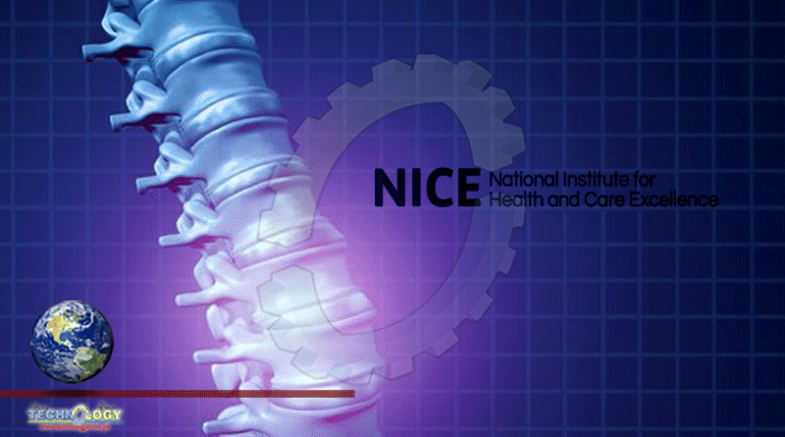The NICE MIB Support For The Use Of The Evoke Closed-Loop System,” Said John Parker, Founder And CEO, Saluda Medical

The MIB states Evoke would be used as a replacement option or alternative to current open-loop (fixed-output) spinal cord stimulation therapy in people with leg and back pain. The Evoke Closed-Loop SCS System is the first and only SCS technology designed to measure the spinal cord’s response to stimulation and make real-time, automatic adjustments intended to remain in the therapeutic range and provide long-term pain relief. In addition to a review of the technology and published clinical evidence, comments from clinical experts were published including the following: Evoke could reduce hospital follow-up visits because of improved pain management over time, reduce the use of pain management medication, and reduce the reliance of clinicians on subjective feedback from patients. In summary, the experts said Evoke will become another option that can be considered for people with chronic pain and could replace traditional implants used in the NHS. Dr. Serge Nikolic, consultant lead for Neuromodulation at St Bartholomew’s Hospital in London and experienced implanter of the Evoke System said: “The long-term results have demonstrated profound pain relief with no explants due to loss of efficacy. The NICE MIB provides support to my staff and peers who are considering using this new technology.” “NICE is a world-renowned source of clinical expertise for healthcare systems around the world. Today, we are delighted to see the NICE MIB support for the use of the Evoke Closed-Loop System,” said John Parker, Founder and CEO, Saluda Medical. “We believe the power of measuring the spinal cord’s response has moved the SCS field forward to a new frontier with the potential to improve long-term outcomes for patients around the world. We are grateful for the support of our clinical partners on this journey.”
This news was originally published at Med-Tech News
